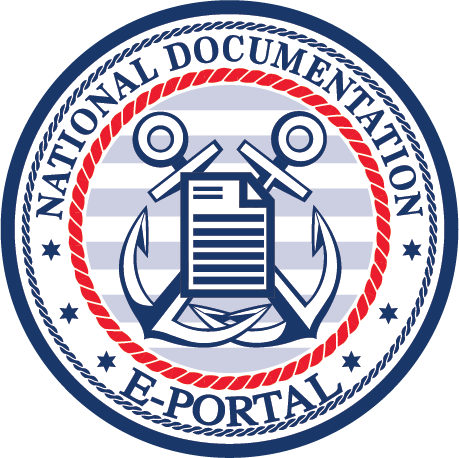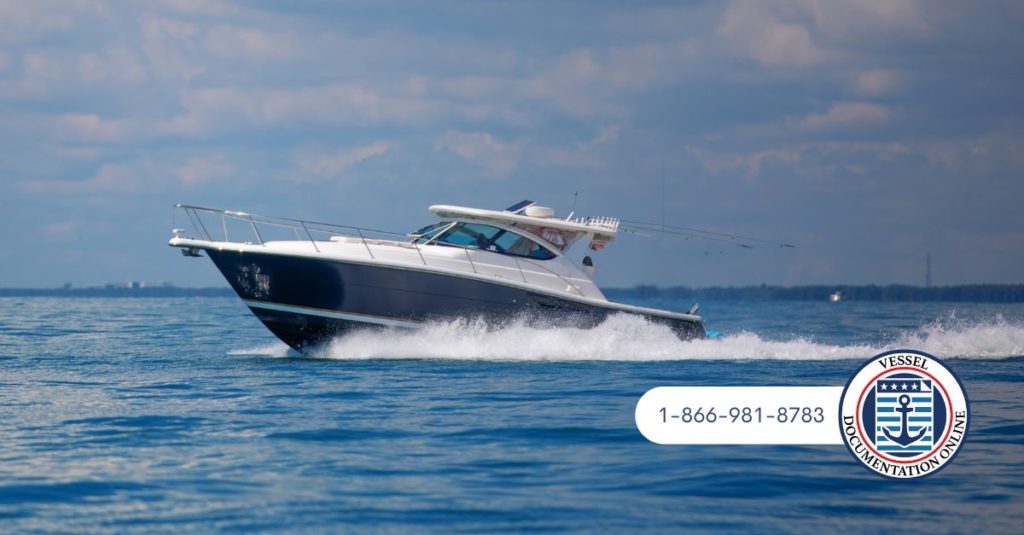When a boat changes hands, the bill of sale is more than just a receipt. It’s a legal document that outlines what was sold, the conditions of the sale, and who is now responsible for the vessel and its components. For those looking to include a boat motor in a bill of sale, the stakes are even higher. At the National Documentation Portal, we help vessel owners and prospective buyers alike with resources and documentation support designed to simplify and clarify the process of properly documenting their vessels and associated equipment.
A bill of sale that includes a boat motor must be clear, specific, and complete. Any ambiguity can result in future disputes, particularly over ownership or condition of the motor. If the vessel in question is eligible for United States Coast Guard (USCG) documentation, a clean bill of sale becomes even more essential for establishing a continuous chain of ownership, which is often very helpful for that documentation.

What to Include in the Bill of Sale When a Motor Is Involved
Whether the boat motor is outboard or inboard, permanently affixed or removable, it’s important that its inclusion in the bill of sale is clearly noted. We often see bills of sale that simply mention “the boat” without describing whether the motor is part of the transaction. That omission can cause significant problems.
From our experience, the bill of sale should include:
- A description of the motor: Make, model, horsepower, and serial number.
- Whether the motor is included in the sale price or listed separately.
- A statement declaring whether the motor is permanently affixed to the vessel.
- The condition of the motor at the time of sale.
Buyers and sellers benefit from being thorough. If a boat motor is detachable and not mentioned, one party may believe it was included while the other may believe otherwise. By explicitly noting its inclusion, both parties are protected. This is especially important if the bill of sale is to be used as part of a USCG documentation submission through our portal.
Why Proper Identification of the Motor Matters
Including the motor’s serial number is not just helpful—it can be crucial. Without it, identifying whether a specific motor belongs to a particular vessel becomes challenging. In the unfortunate event that ownership is contested or the motor is stolen, the lack of identifying details can slow down or derail any claim.
The USCG does not require that outboard motors be listed as part of the official Certificate of Documentation. However, it is still a best practice to include the motor’s details in your personal records and in any bill of sale. Inboard motors are typically seen as part of the vessel itself, whereas outboard motors are considered separate personal property. That distinction makes the language of your bill of sale particularly important.
How We Support Buyers and Sellers in Crafting Better Documentation
The National Documentation Portal was created to make documentation easier to understand and manage for those in the maritime community. Bills of sale submitted to the USCG must follow specific formatting and include required content to be considered valid.
We offer an online portal where vessel owners can find all the necessary USCG documentation forms. Our platform guides users through form submission, ensuring bills of sale and documents meet all federal documentation requirements. If newly purchased, include the motor in the bill of sale to simplify future renewals, mortgages, and ownership verification.
The bill of sale often establishes the start of the ownership chain, so accuracy is essential from the beginning. Clearly listing the motor with the vessel helps prevent renewal or ownership transfer issues due to missing details. We always recommend including all relevant information when submitting documentation to avoid delays or rejection.
Common Mistakes to Avoid in a Boat Bill of Sale
A common mistake is not clearly stating what items, like a motor or trailer, are or aren’t part of the sale. For instance, a seller might promise a trailer verbally but forget to include it in the written bill of sale. Later, when ownership is disputed, there’s no legal record to back up either claim.
Here are a few additional errors that should be avoided:
- Listing the wrong serial number or omitting it entirely.
- Using vague language like “boat and accessories” without specifying what “accessories” includes.
- Failing to distinguish between what is being transferred with the vessel and what remains the property of the seller.
The Role of the Motor in Documentation Eligibility and Transfer
In some transactions, the boat motor represents a significant portion of the total value of the vessel. For this reason alone, documenting the transfer of the motor along with the boat is important. When we help clients submit their initial documentation forms, renewal applications, or transfers of ownership, one of the first items we review is whether a bill of sale is complete.
A clear, complete bill of sale simplifies future boat ownership tasks like renewals, transfers, and legal documentation.
We offer a streamlined way to upload your supporting documents when filing your paperwork with us. Our portal also gives users a chance to verify that everything is included before submission, which can be especially helpful for those who are new to vessel documentation.
Filing USCG Documentation With a Boat Motor in a Bill of Sale
The National Documentation Portal was created to support vessel owners in their documentation journey—from purchase to renewal and beyond. If you’re buying or selling a vessel with a motor, the bill of sale should spell out what’s included and provide the details necessary to support your ownership claim. That attention to detail not only protects your interests but can also smooth the path toward full USCG documentation.
“font-weight: 400;”>By including everything that should be in your bill of sale, especially when it comes to the boat motor, you help create a complete and effective ownership record. With our help, you can document your vessel properly and keep everything in order moving forward.
Make sure you’re covering every detail—especially when it comes to including the boat motor in a bill of sale.
Of course, if you’re looking to sell your documented vessel, you can also find the appropriate form for that at our portal. You can find all of the other forms you may need for vessel documentation, too.

